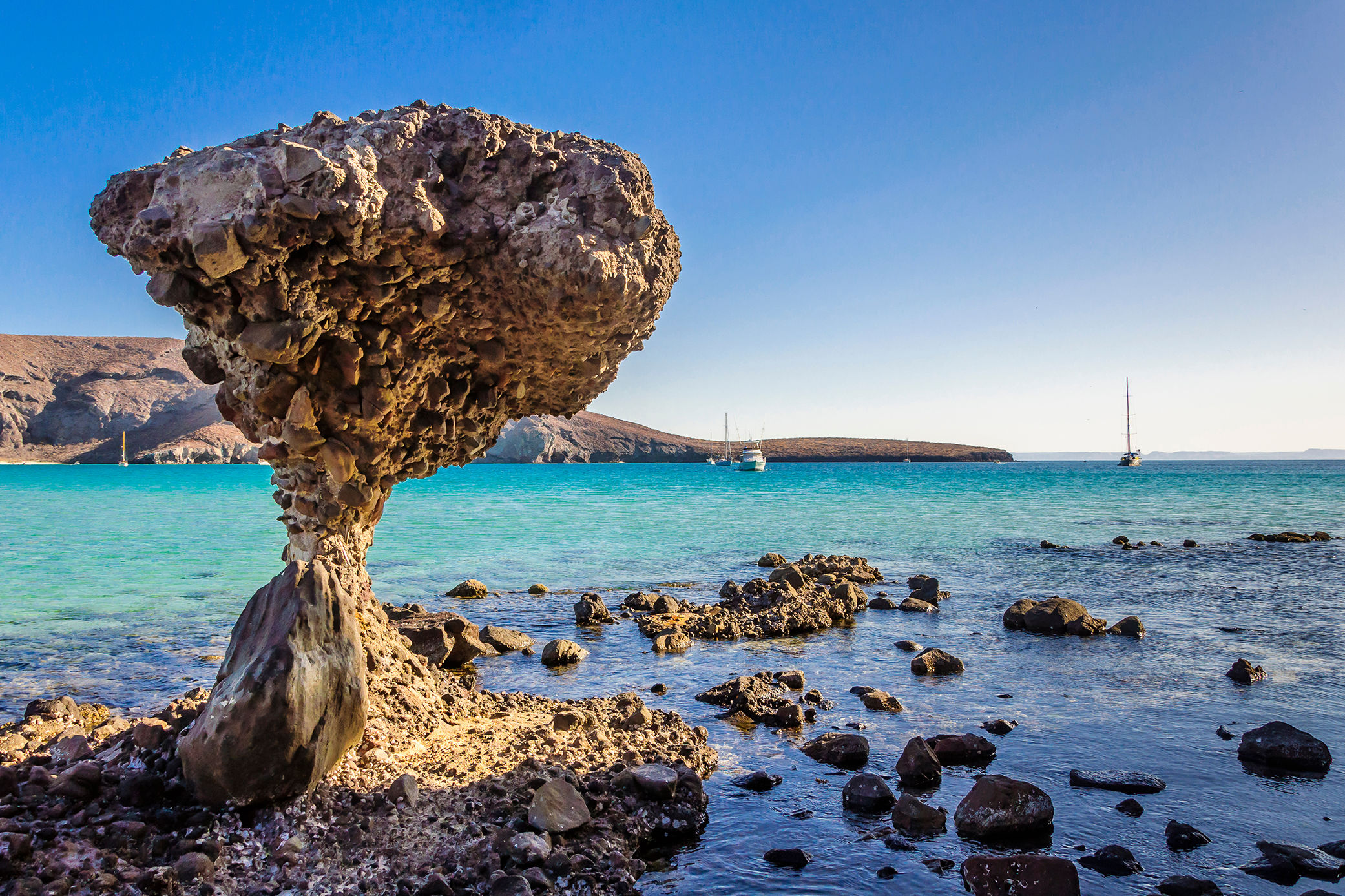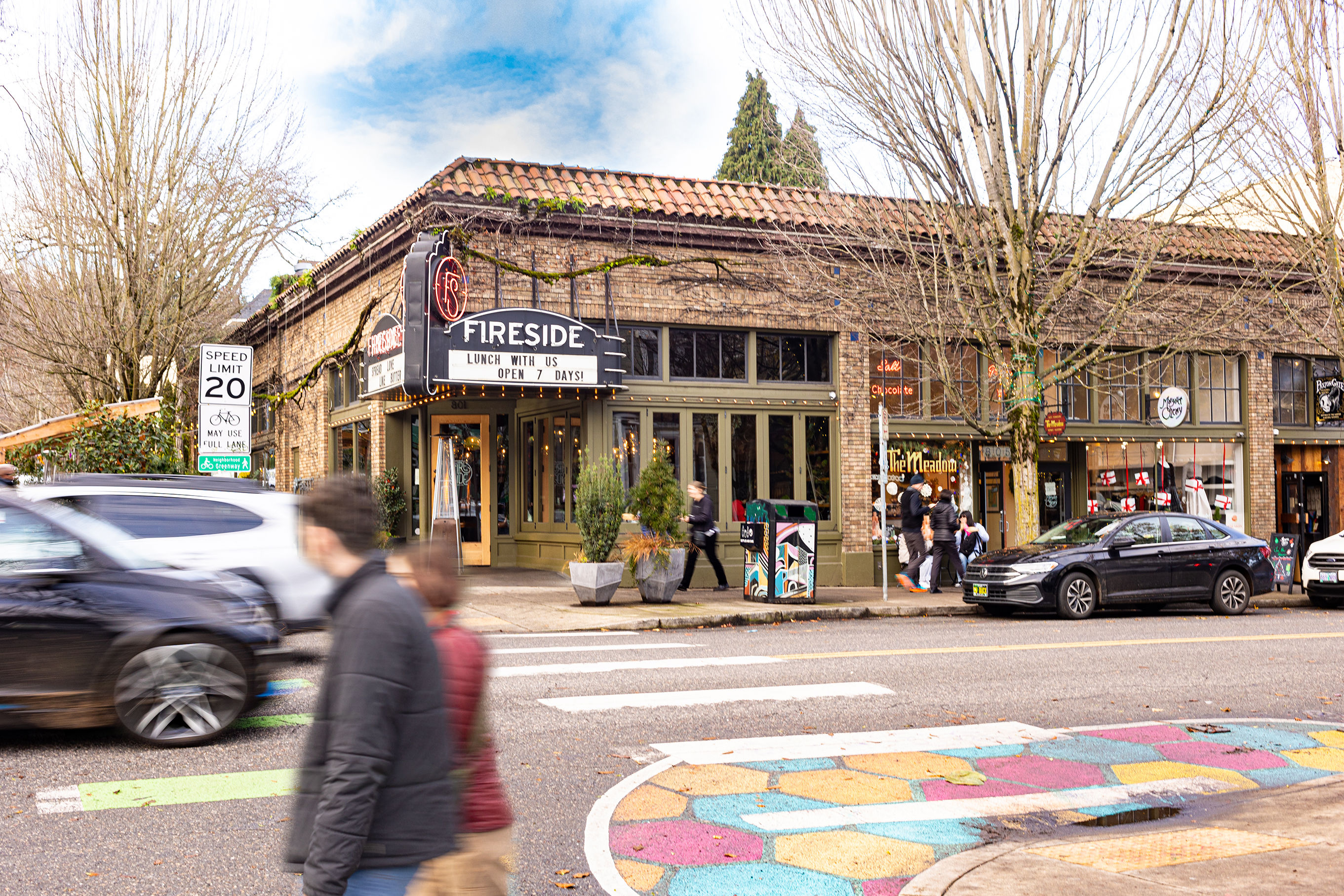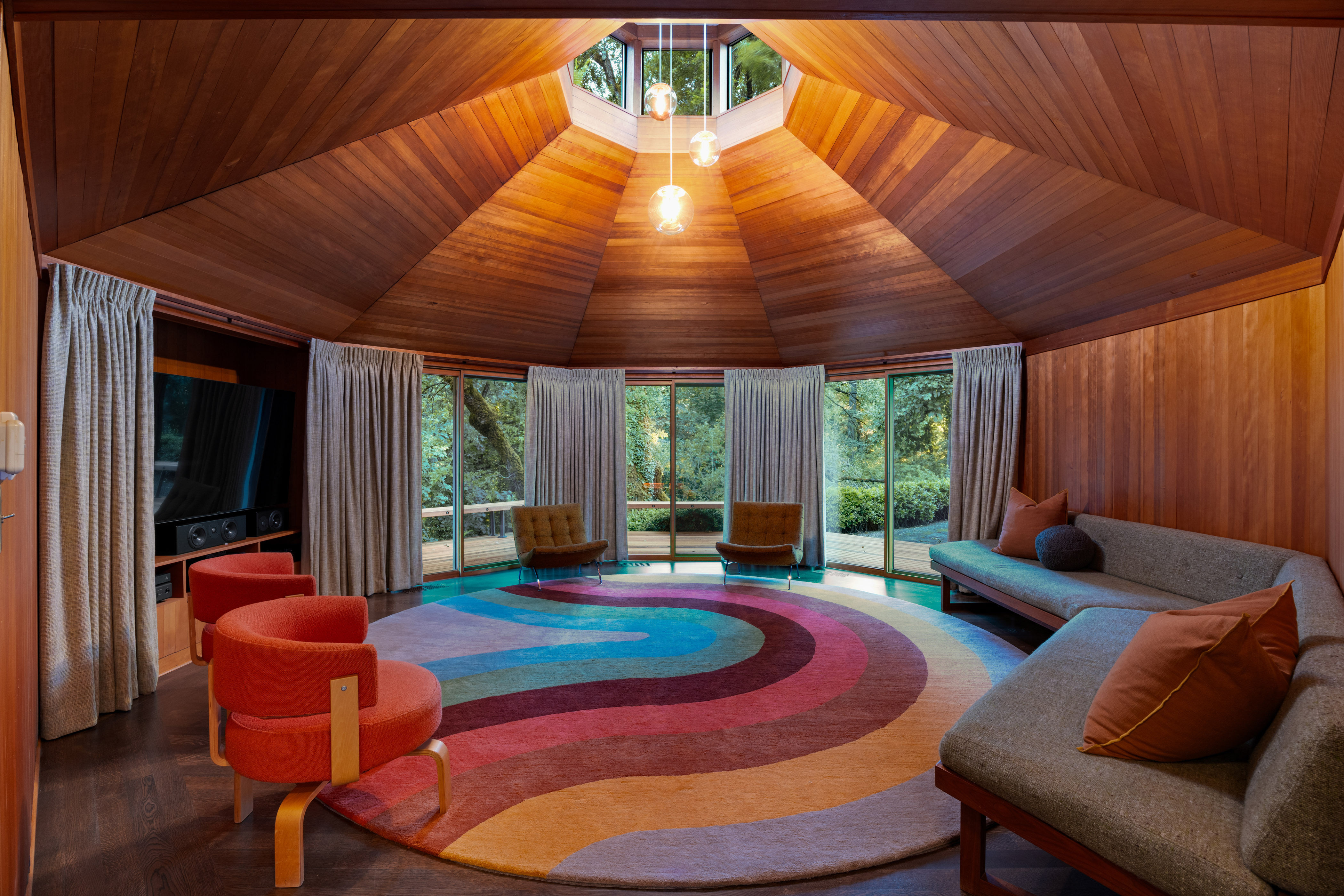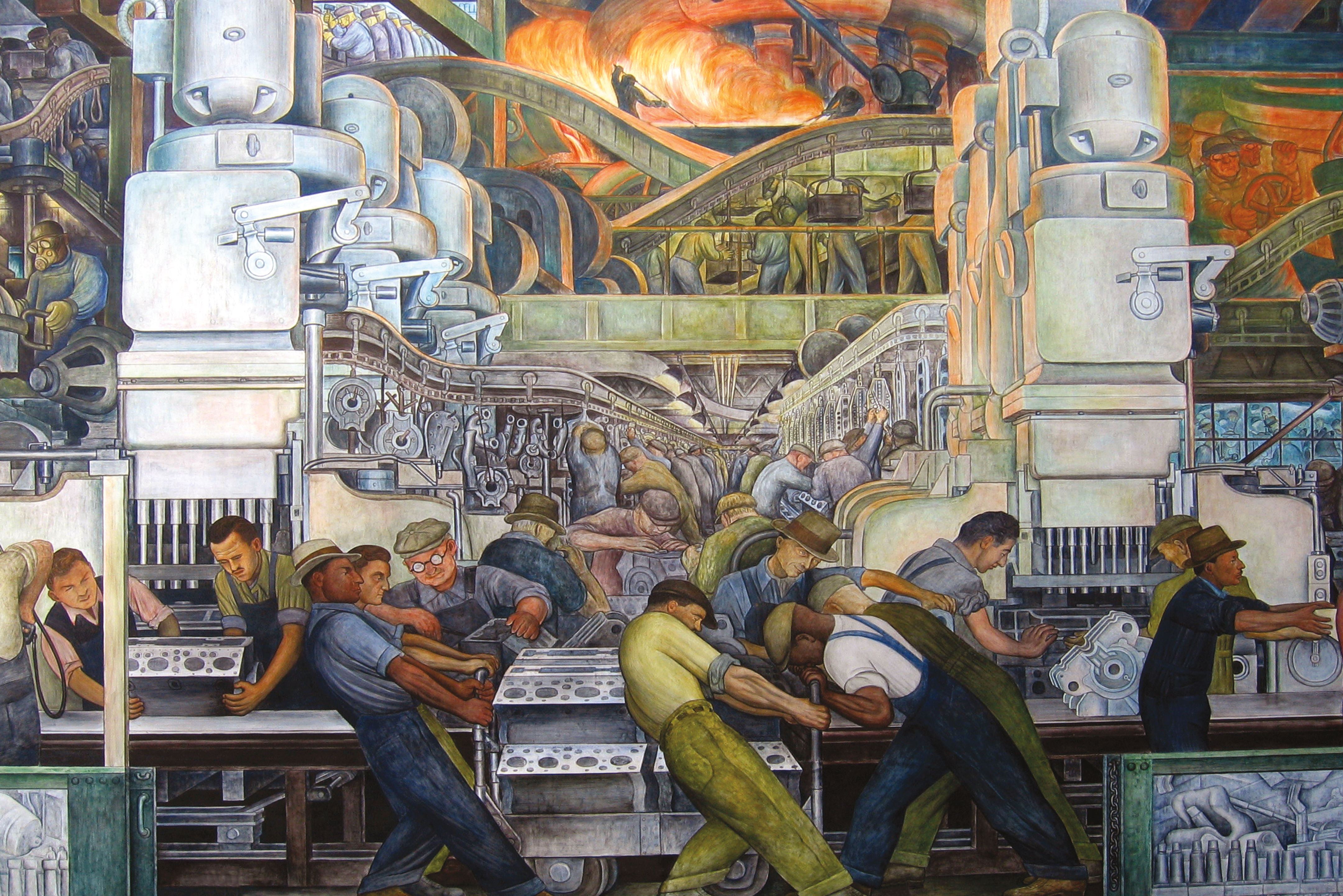
Start Your Engines: Detroit Is Just a Five-Hour Direct Flight from Portland
In 1928, the Fishers—one of the richest families in Detroit, then one of the richest cities in the world—erected a 29-story, gold-domed skyscraper across from the General Motors plant. Architect Albert Kahn had $9 million to play with (about $132 million today); his only mandate was to blow other auto tycoons’ new art deco monuments—the Buhl Building, the Guardian, the Penobscot—right out of Lake Erie.
So lavish was the Fisher Building that its ceiling frescoes were bound with real gold paint and bathed in buttermilk monthly. A Mayan Revival theater housed indoor koi ponds and macaws. Every door, grille, and railing in the tower was fashioned from solid bronze. It claimed (for a hot minute) the world’s fastest elevators.
Since then, the Fisher has, shall we say, depreciated. In 2015, it sold at auction for $12 million—in 1928 dollars, that’s about 10 percent of what the Fishers paid Kahn to build it.
This sort of mind-boggling fall parallels a story often told about Detroit: how a glittering industrial paradise became victim of its own drive for, well, driving. How, in the 1950s, highways of hubris sucked the good jobs out to the burbs, leaving behind a shriveled city riven with unemployment, crime, and racial strife. In the early years of this new century, “ruin porn” became a thing: tourists came here to gawk at misery.
For Detroiters, this story—always too simple—is fading in the rearview mirror. (You, too, can witness the shifting gears. As of last summer, Detroit is just a five-hour direct flight from Portland.) It’s hard to miss the hard hats and cranes as investors buy up the urban core, drawn by the groundwork of restoration-minded residents: the artists and urban farmers, craftsfolk and activists who never left. From Downtown to New Center, the Cass Corridor to Mexicantown, Detroit is seeing a development boom as a new generation of workers trickles back to the city.
The Fisher, too, is getting a $100 million makeover. Its grand arcade now boasts coffee shops, florists, vintage clothiers, and retailers like Pure Detroit. One whole floor offers subsidized workspace for creatives. And the bronze relief elevators? They may not seem so speedy, these days, but it’s plain to see they’re going up.

Clockwise from top left: Jack White’s Third Man Records, Detroit Foundation Hotel’s luxe Apparatus Room, the Siren Hotel’s in-house Populace Coffee and sexy Candy Bar lounge
Stay
Back in the silent film era, Rudolf Wurlitzer’s Detroit-manufactured theater organs were the Cadillacs of music. Decades after Wurlitzer Co’s own urban flight from downtown, its slender factory sings again as the Siren Hotel, which opened in March in deco opulence. (Think vintage fixtures, a ficus-and-filigree lobby, and mermaids cavorting on nubby, custom throws.) It’s home to one of Detroit’s most ambitious new restaurants—Garrett Lipar’s eight-seat prix fixe Albena—and its sexiest lounge, the penicillin-pink, crushed-velvet Candy Bar. (Ask for the off-menu “Mona Lisa Overdrive”: cachaça, ruby port, Earl Grey, and milk.) Upscale home décor brand West Elm is building a 130-room hotel a scented votive’s throw from the Siren; in fall 2018, watchmaker Shinola opens a block-long luxury hotel around the corner. Detroit's high-end hospitality trend kicked off last spring, when the Detroit Foundation Hotel opened in a circa-1840s firehouse; the hotel won praise from Condé Nast Traveler, while Michelin-starred chef Thomas Lent’s ground-floor Apparatus Room—frosé and edible glitter, anyone?—quickly established itself among local power lunchers.
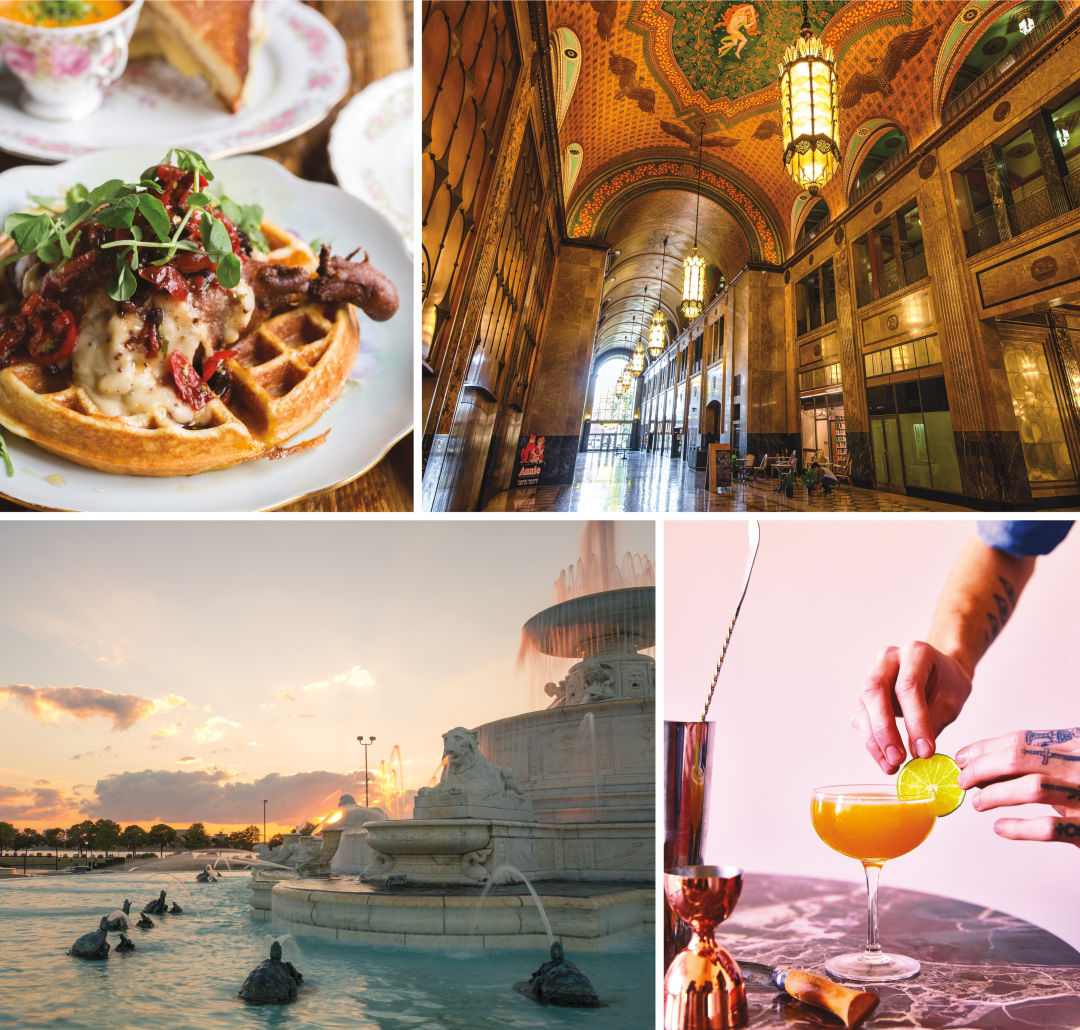
Clockwise from top left: waffles at Lady of the House, the Fisher Building shopping arcade, cocktails at the Candy Bar, Belle Isle Park
Eat
Ask a local about Slows Bar BQ, and you just might get an eyeroll. Not because the ribs aren’t killer. It’s just a bit pawed-over now, between the Johnny Knoxville cameos, the fawning NPR and New York Times tributes, the episode on Man v. Food, et cetera. Other delicious things are cooking in Corktown, from dreamy farm-to-table dining at Lady of the House to the citrus ricotta toast and turmeric-infused milks at just-opened Folk’s Aussie breakfast bar. Farther down Trumbull Avenue, find perfect pretzels and quixotic quaffs at Batch Brewing Co—perhaps a “milkshake” IPA with mango and passion fruit, or a sour beer inspired by Detroit’s very own Last Word cocktail. Catching a show at Mexicantown’s all-ages music venue/art gallery El Club? Grab sticky wings at Flowers of Vietnam.
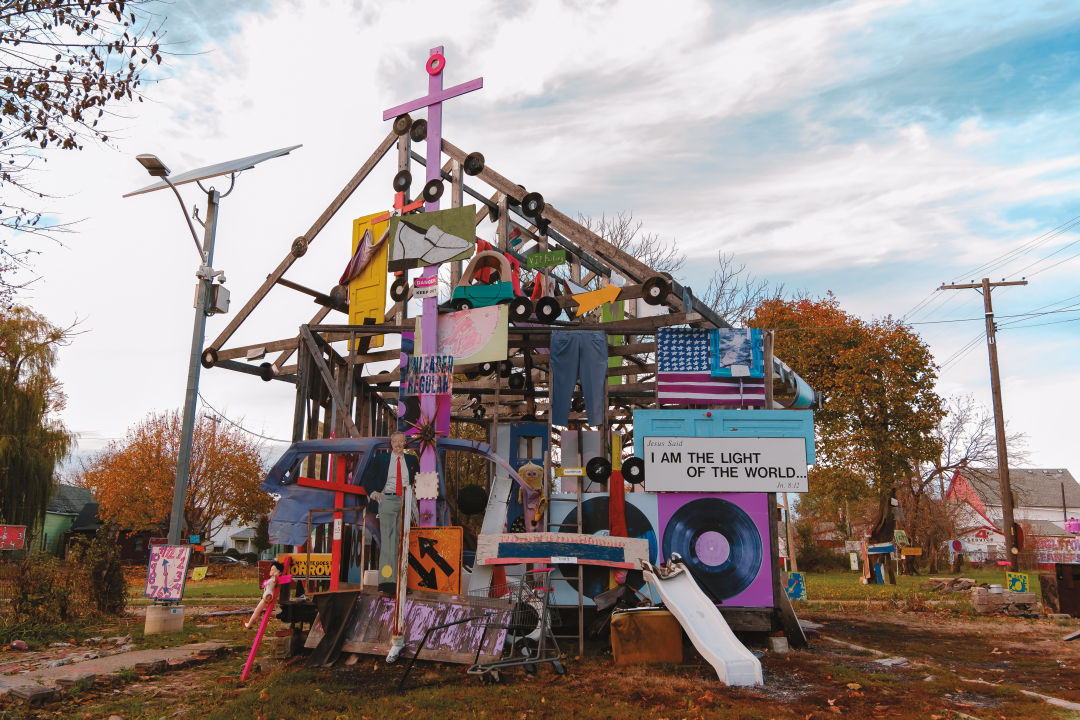
A Heidelberg Project found art wonder
Do
Decades before the hotel build-outs, the venture capital, and the travel magazine accolades, Tyree Guyton was beautifying the arson-leveled streets of Detroit’s east side. Today, his outdoor Heidelberg Project—a blocks-long explosion of found art, shopping carts to rhinestone stilettos—is like nothing you’ve ever seen. Guyton’s full-time “junkologist” combs the city for objects that might find a new home in the wild displays that radiate from his polka-dot-plastered house. Sign up for a small group tour two weeks in advance, or just wander (respectfully) around Guyton’s “drive-thru museum.” In nearby Lafayette Park, find another art history lesson. Architect Ludwig Mies Van Der Rohe’s stunning mid-century townhomes and towers occupy Detroit’s Black Bottom neighborhood; here, a thriving black community was forced out for white workers after World War II, fueling tensions that built to 1967’s deadly riots. Reflect on two wheels; the rail-to-trail Dequindre Cut Greenway borders the area, and a MoGo bike is yours for $8 per day from 43 bikeshare stations. Across the MacArthur Bridge, tour architectural wonders like the Anna Scripps Whitcomb Conservatory and the 1904 Aquarium, both on the Detroit River’s Belle Isle.
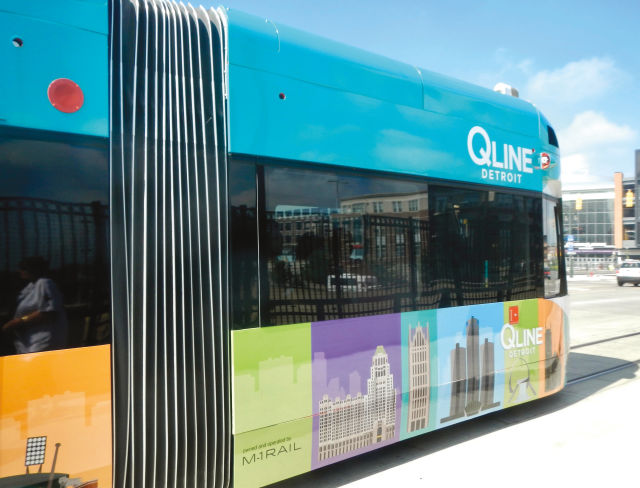
The QLine
Tooling along just three miles of Woodward Avenue, Detroit’s new baby streetcar offers all the speed, and utility, of a Segway. But! The QLine does make a good chauffeur for an urban tour spanning Little Caesars Arena, the Fillmore, and the city’s museum district. At the Canfield Street stop, head west three blocks to the Cass Corridor’s shops and pubs. (Jolly Pumpkin is America's first sour-beer-only brewpub.) Stop at Source Booksellers for hard-to-find titles. Then hit up Third Man Records (owned by Detroit native Jack White), and chic shops like City Bird and Nest. One stop north on the QLine, find the Detroit Institute of Arts (home to muralist Diego Rivera’s homage to labor) and the Charles H. Wright Museum of African American History. Three stops farther, head to the Fisher Building for Pure Detroit’s free weekend tours of the city’s “largest art object.”
Direct round-trip August flights from PDX to Detroit (DTW) start around $360 on Alaska.
